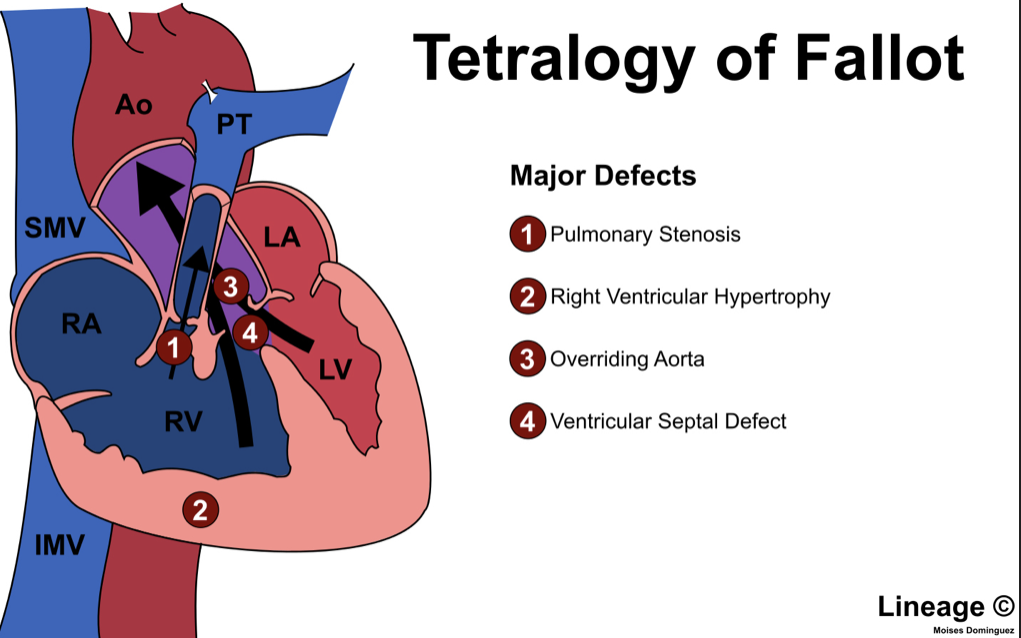SEE THIS PDF: https://drive.google.com/file/d/1XZIvB2Xggm7gm-uTcD_nuhfaYR7DCDEK/view?usp=drivesdk
Intro Case Introduction: You are the overnight Peds EM resident and at 3 o’clock in the morning you get a notification (~5 minutes away) that a 4 month old boy with a hx of Tetralogy of Fallot who is awaiting elective repair is coming…
You see this EKG for your elderly patient who has just been admitted to the CCU and your eyes open up wide. What is the rhythm(s) below? SPOILERS AHEAD If you thought to yourself “is this complete heart block with a junctional escape…
Perhaps never explained so clearly, Cisewki and Alerhand’s article on EPSS is a wonderful read. Bottom line to remember: EPSS > 7 mm was 87% sensitive and 75% specific at identifying reduced EF (<50%). This is the cutoff genera…

